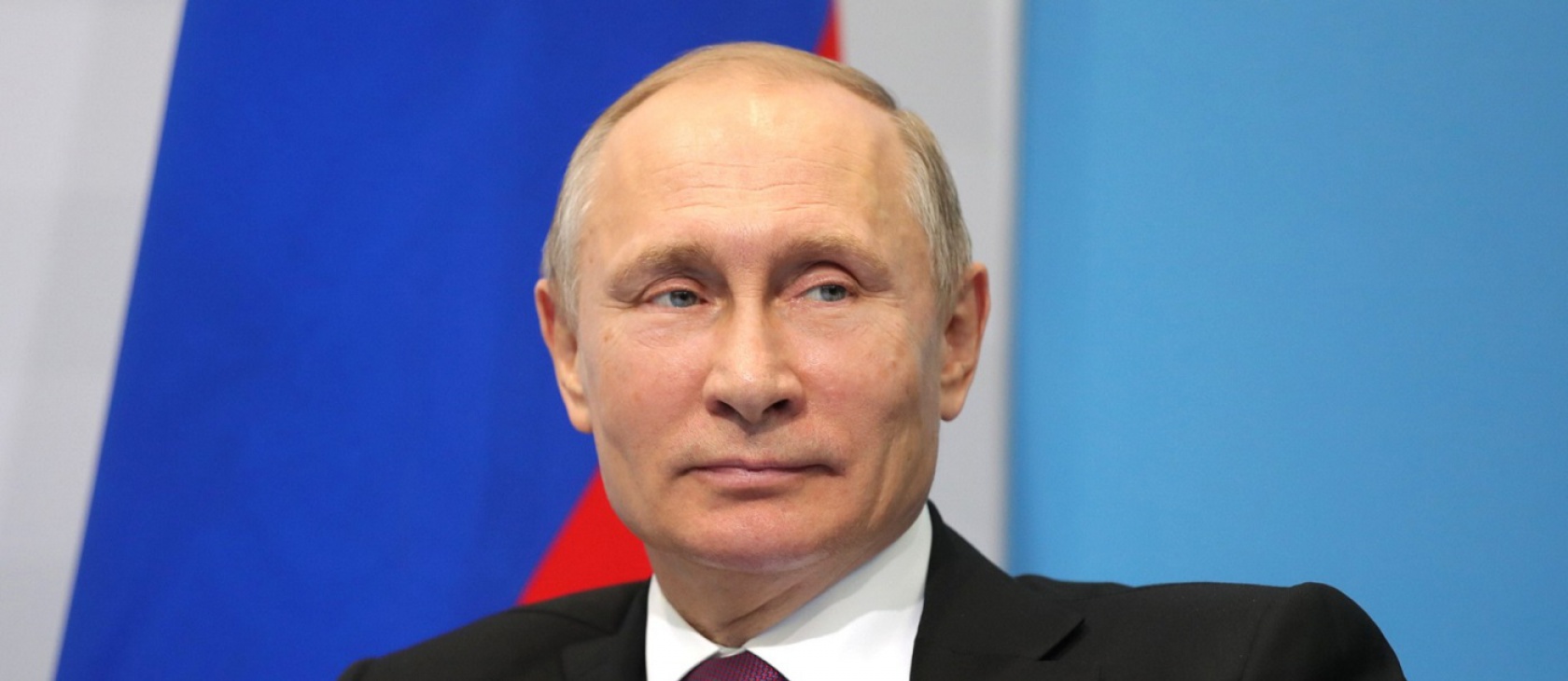Saturday marked “Holodomor Remembrance Day,” honoring the millions of Ukrainians who died of forced starvation at the hands of the Soviets in the 1930s. Some 80 years later, and a quarter-century after the Soviet Union’s dissolution, the Russian government still denies that this atrocity constitutes a “genocide.”
Two days earlier – Thanksgiving Day in the U.S. – Russian Foreign Ministry Spokesperson Maria Zakharova told the international press that the Ukrainian government’s use of the phrase “the genocide of Ukrainians” is “politically charged” and “contradicts historical facts.”
Furthermore, the U.S. State Department’s statement calling the Holodomor a “Soviet-manufactured tragedy” allegedly “disparaged the memory of the victims of that famine who belonged to other ethnic groups.” She described the Holodomor as merely the result of “severe drought and forced [farm] collectivization” which “hit Ukraine, Belarus, Kazakhstan, the Volga region, the North Caucasus, West Siberia and the South Urals.” Thus, Zakharova perfectly illustrated why the State Department condemned “efforts to deny it as a historical fact.”
The archives make Soviet direction of the “famine” undeniable. In a December 1932 directive, Communist officials ordered regions placed on the “black list” to endure the “immediate cessation of delivery of goods” and the “complete suspension of cooperative and state trade,” including “farm trade.” The abundant crops Ukraine had produced were requisitioned or sometimes left to rot. Soldiers ransacked whole villages for their edible goods before blockading their residents and denying them the right to buy food.
But does this brutality rise to the level of “genocide”?
Yes, according to the man who coined the term. Raphael Lemkin defined genocide as “the crime of destroying national, racial, or religious groups.” In 1953, Lemkin called the Holodomor “perhaps the classic example of Soviet genocide.” Anne Applebaum, whose new book Red Famine exposes the deliberate policy of mass-starvation imposed by Stalin, agrees (although she recognizes the difficulty of applying the term under international law – which the USSR helped craft).
The Soviets launched a multi-pronged attack to denationalize Ukraine by systematically terrorizing: the intelligentsia, the Church, and the peasantry.
The Holodomor was the Communist appartchik’s penance upon the Ukrainian people for exposing the idolatry and futility of collectivism.
The Politburo liquidated peasants, because they were seen as the bastion of Ukrainian patriotism, ingenuity and independence, and cultural identity. Destroying them would change the nation’s sense of itself. “National sovereignty defines what we are,” said Roger Scruton at an Acton Institute conference in London last December (a theme he develops in his latest book, On Human Nature).
Communists always eradicate society’s intellectuals as a form of regicide. “According to the Ukrainian Quarterly of Autumn 1948, 51,713 intellectuals were sent to Siberia in 1931 alone,” Lemkin said. “It is conservatively estimated that at least 75 percent of the Ukrainian intellectuals and professional men in Western Ukraine, Carpatho–Ukraine and Bukovina have been brutally exterminated by the Russians.” The Soviets also forcibly resettle Russians in Ukraine – an ongoing source of conflict.
Collective farms and ‘the soul of Ukraine’
The Soviets particularly targeted Christian clergy and the Church, which Lemkin called “the soul of Ukraine.” In less than a decade, Communists murdered 32 Orthodox bishops and 10,000 priests. But the assault on the Church had wider repercussions:
These attacks on the Soul have also had and will continue to have a serious effect on the Brain of Ukraine, for it is the families of the clergy that have traditionally supplied a large part of the intellectuals, while the priests themselves have been the leaders of the villages, their wives the heads of the charitable organizations. The religious orders ran schools, and took care of much of the organized charities.
Marxists struck at the root of the opposition to New Soviet Man by secularizing and nationalizing all those activities that had once been performed voluntarily by people of faith. The national religion would be atheism; intellectual life would yield to propaganda; all economic activity would be centrally planned; and schools and charities would be run by, and for the benefit of, the Communist Party.
Lemkin’s analogy has precedent. The early church document the Letter to Diognetus stated, “What the soul is in the body, Christians are in the world.” As people of faith are forcibly impeded from living out their vocation, the body wilts.
It is true that millions of people perished under Stalin’s agricultural collectivization in other regions of the USSR, as they had a decade earlier under Lenin’s more modest policies. Soviet agricultural production would not rebound to 1928 levels until at least the 1950s. Similar “land reform” policies brought want and starvation to socialist nations from North Korea, to Cuba, to modern-day Zimbabwe. Famine inevitably follows the violation of economic laws most in accord with human nature, which was created to be free.
After centralizing all economic activity into its own hands, the Communist state could hand out rewards or, more often, exact punishments like a vengeful god. But it could not stamp out human nature which, carrying the divine spark of life, reminded collectivists of its Creator.
The Holodomor was the Communist appartchik’s penance upon the Ukrainian people for exposing the idolatry and futility of collectivism. It should also be a reminder of what happens to the world when its “soul” allows or, increasingly, invites the state to displace it from performing its life-giving functions.
(Photo credit: Kremlin.ru. This photo has been cropped. CC BY 4.0.)




